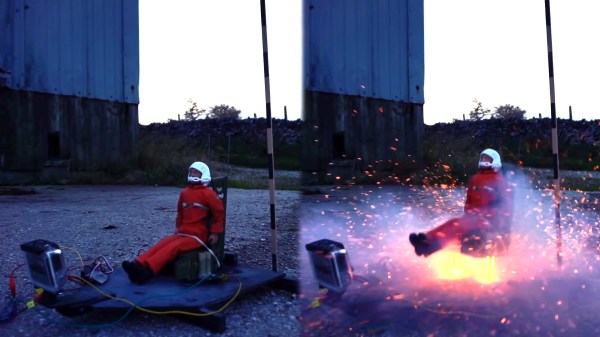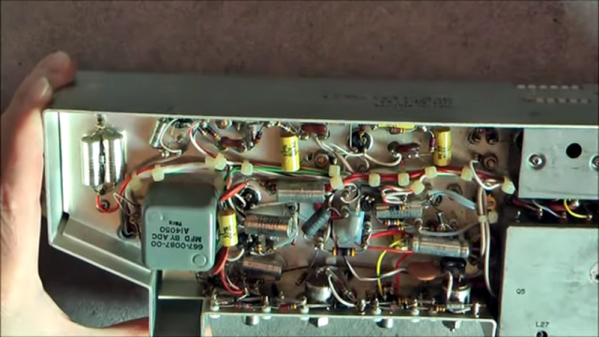As radio control planes don’t typically have human pilots onboard, the idea of installing an ejection seat in one is somewhat frivolous. But that doesn’t mean it wouldn’t be a lot of fun, and [James Whomsley] has set his mind to achieving the task.
The build process is an iterative one, with [James] solving problems step-by-step and testing along the way. The first task was to successfully launch a small action figure and his flight seat vertically in a controlled fashion. After a few attempts, a combination of rocket motors and guide rails were settled upon that could achieve the goal. Next up, a drogue parachute system was designed and tested to stabilize the seat at the height of its trajectory. Further work to come involves handling seat separation and getting the action figure safely back to the ground.
While action figures aren’t alive and the ejection seat serves no real emergency purpose, we can imagine it would be a hit at the local flying field – assuming the parachutes don’t get tangled in someone else’s model. For those interested in the real technology, our own [Dan Maloney] did a great piece on the topic. Video after the break.
Continue reading “A Rocket Powered Ejection Seat For Model Aircraft”


















